Patek Philippe Brand History
Patek Philippe is one of the oldest and longest-standing watch companies. In nearly two centuries of business, they’ve pioneered countless pieces of technology. These innovations have contributed to the advancement of modern watchmaking and resulted in some of the finest timepieces ever made. Patek Philippe is regarded as one of the world’s premiere watchmakers. Their watches are known for sophistication & elegance. Let’s look at this storied brand.
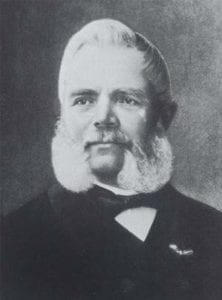
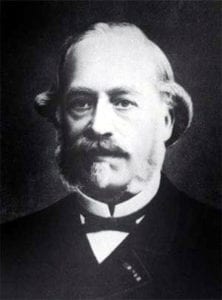
Beginning the Legacy: The Patek Philippe Union
The Patek Philippe history begins in 1839. That year, Antoine Patek and his partner François Czapek began creating custom pocket watches. Their clientele focused on royalty and other elite members of society. Five years later in 1844, Patek attended the Exposition Nationale des Produits de L’Industrie in Paris, France. It was here that he met a man named Adrien Philippe. At the exposition, Philippe received a bronze medal for his innovative keyless winding and hand-setting system. Within a year, Patek and Philippe went into business together, forming the brand we now know as Patek Philippe. Later in 1845, the duo produced their first pocket watch together using Philippe’s keyless winding and hand-setting system.
Expanding the Brand to America
For the next few years, they continued with Patek’s business model, serving their high-class clientele. However, Patek knew that the brand needed to think bigger and grow their international reputation. So, in 1851, he traveled to the United States and began working with Tiffany & Co. This partnership has continued to this day. The brand’s aspirations to build their international presence quickly paid off. In 1853, Patek Philippe participated in the Exhibition of the Industry of all Nations in New York City. There, they received a silver medal. Just two years later, the brand received another silver medal at the World’s Fair in New York City.
The company was beginning to pick up speed, and Patek wanted to keep up their momentum. He continued to focus his energy on his successful partnership with Tiffany & Co. He also traveled to cities all around the United States until he accumulated orders for 150 watches. His persistence and perseverance made a lasting impression on Tiffany & Co. and the American market. Ever since, Patek Philippe has maintained this highly regarded reputation.
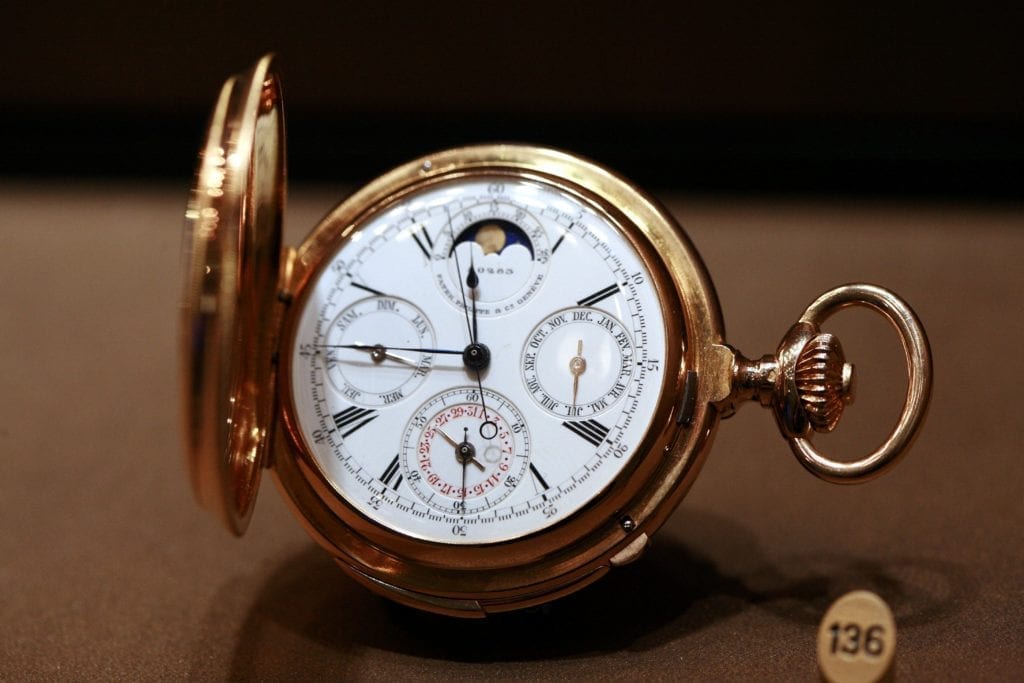
PHOTO CREDIT WIKIMEDIA COMMONS
Fundamental Innovations and Changes
During Patek’s travels and focus on the business, Philippe remained committed to the development of the brand’s watches. In 1861, he finalized and patented his keyless stem-winding and setting mechanism. Two years later, he published a book on keyless timepieces. Later in 1863, he produced their first pocket watch with a tourbillon and invented a mainspring called the “slipping spring.” Then, in 1868, the first Patek Philippe wristwatch was born. It included an impressive perpetual calendar, split-seconds hand, chronograph, and minute repeater. The next few decades brought about significant changes for Patek Philippe. Founder Antoine Patek passed away in 1877. Soon after, Philippe brought his son Emile Joseph into the business and began training him as his successor. Then, in 1894, Adrien Philippe passed away as well.
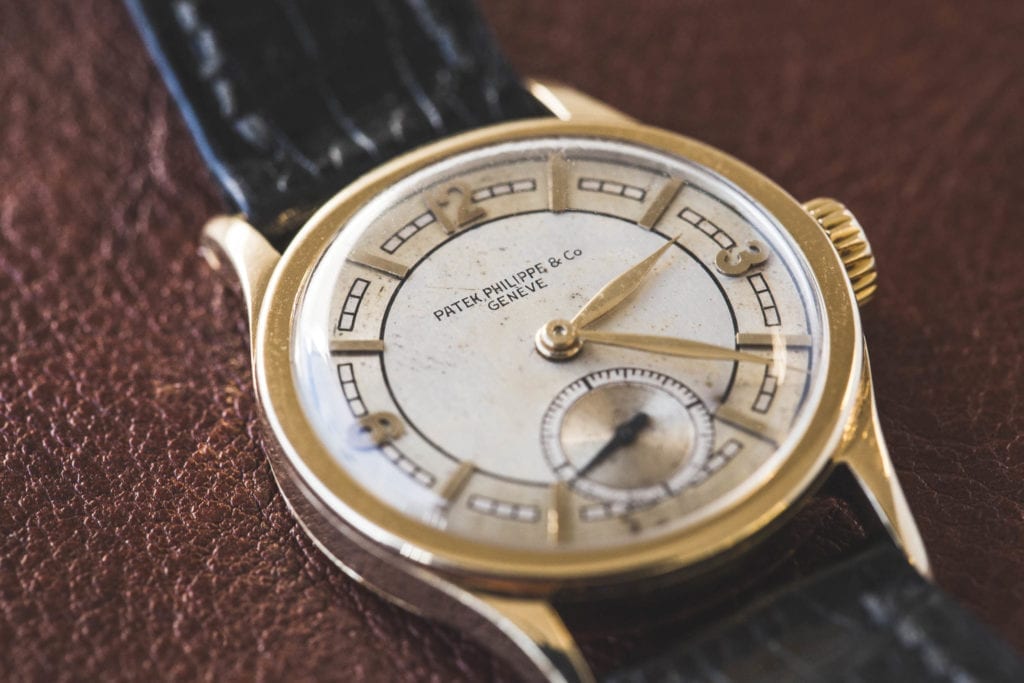
The Man Who Saved Patek Philippe
Emile Joseph was determined to perpetuate his father’s legacy. However, the next century would prove more difficult for the Patek Philippe brand. By the 1920s, the company was struggling to stay afloat. Enter a man named Henry Graves, Jr. Graves was a wealthy American banker of the early twentieth century. He had an immense passion for watches, specifically Patek Philippe watches. Graves became a patron of the watchmaker and amassed a collection of some of their most complex timepieces.
One of these watches, the Patek Philippe Supercomplication, became the “holy grail” of timepieces. Commissioned in 1925 and delivered in 1933, the pocket watch has 920 individual parts, twenty-four separate functions, and two dials. The Patek Philippe Supercomplication took three years to design, and another five years to manufacture, making it the most complicated watch ever made at the time. Ultimately, Graves’ patronage helped to keep Patek Philippe’s doors open through tough times. As a result, the watch has since garnered the name, the Henry Graves Supercomplication. Still, there was more change on the horizon for the brand.
A New Generation of Patek Philippe
In 1932, the Patek Philippe history forever changed when the company left family leadership for the first time. That year, the Stern brothers, who owned a dial manufacture in Geneva, purchased Patek Philippe. During the Stern family’s leadership, the brand has created some of its most iconic models. In 1932, they debuted the first Calatrava. In 1968, they introduced the Patek Philippe Ellipse collection. Then, in 1976, Patek Philippe launched the first Nautilus model. To commemorate the company’s 150th anniversary in 1989, they debuted the most complicated watch ever made, the Patek Philippe Calibre 89. This timepiece surpassed the Henry Graves Supercomplication with a whopping 33 complications and 1,728 components. The Patek Philippe Calibre 89 took five years of research and development and four years to manufacture.
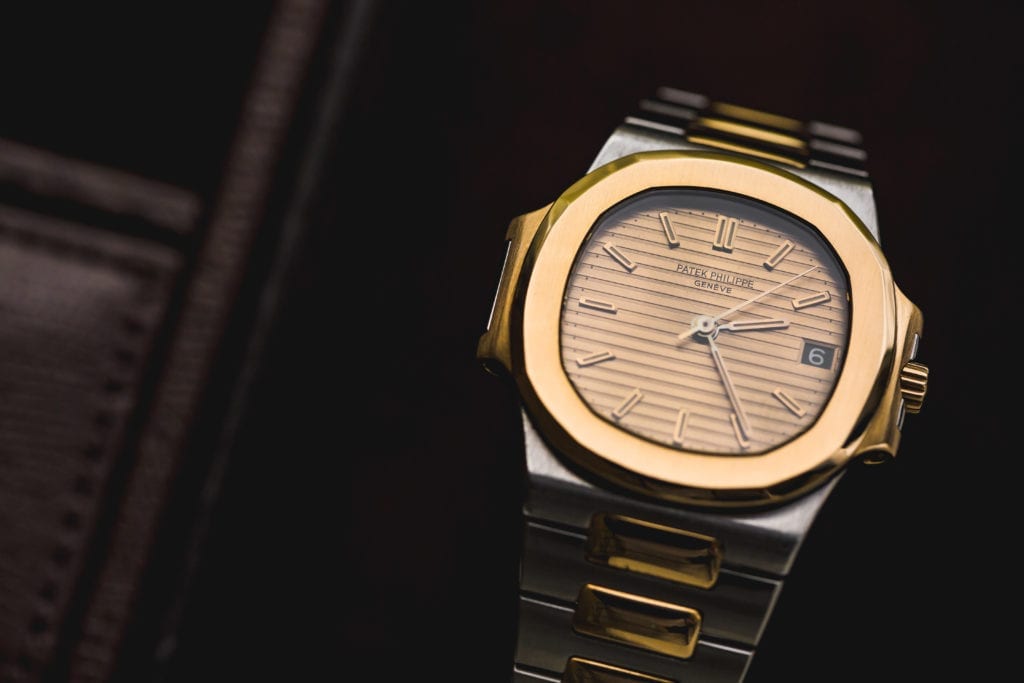
To this day, Patek Philippe continues to thrive under the Stern family leadership. They have grown to be one of the most highly regarded watch brands in the industry. Their superior quality and commitment to innovation continue to echo the vision of their founders.
Who Wears a Patek Philippe?
In over 180 years of business, Patek Philippe has nearly 100 patents to their name. Throughout the Patek Philippe history, they have created timepieces for kings, queens, and other iconic figures from all over the world, like Queen Victoria and Prince Albert. In addition, the relative scarcity of Patek Philippe watches makes them even more desirable. Each watch takes about a year to complete, while some of the more complicated models can take almost two years. Because the company only produces a limited number of each model, only a select number of people are able to own a Patek Philippe watch. Still, it’s likely their timeless style that makes Patek Philippe so noteworthy. The brand has built a reputation of creating some of the most elegant, sophisticated, and attractive timepieces on the market. In summary, a person who buys a Patek Philippe watch is someone who wants invest in a timepiece that will last for years to come, embodying the spirit of the brand, “You never actually own a Patek Philippe, you merely hold it for the next generation.”
A Gift from Johnny Cash
One of the brand’s most enduring styles is the Patek Philippe Ellipse. The model has been in production ever since 1968 and is notable for its oblong shape. One particularly notable reference is the Patek Philippe Ellipse 3748/1. However, it’s not the solid gold bracelet or deep blue dial that set this watch apart. Instead, it’s the unique backstory behind this model that makes it one-of-a-kind. The one and only Johnny Cash gifted this stunning watch to his long-time dentist. On the caseback, it includes a personalized engraving and note of thanks reading, “with much love and prayer for your happiness”.
Get More Articles Like This in Your Inbox
We're constantly creating great content like this. So, why not get it delivered directly to your inbox? By subscribing you agree to our Privacy Policy but you can unsubscribe at any time.





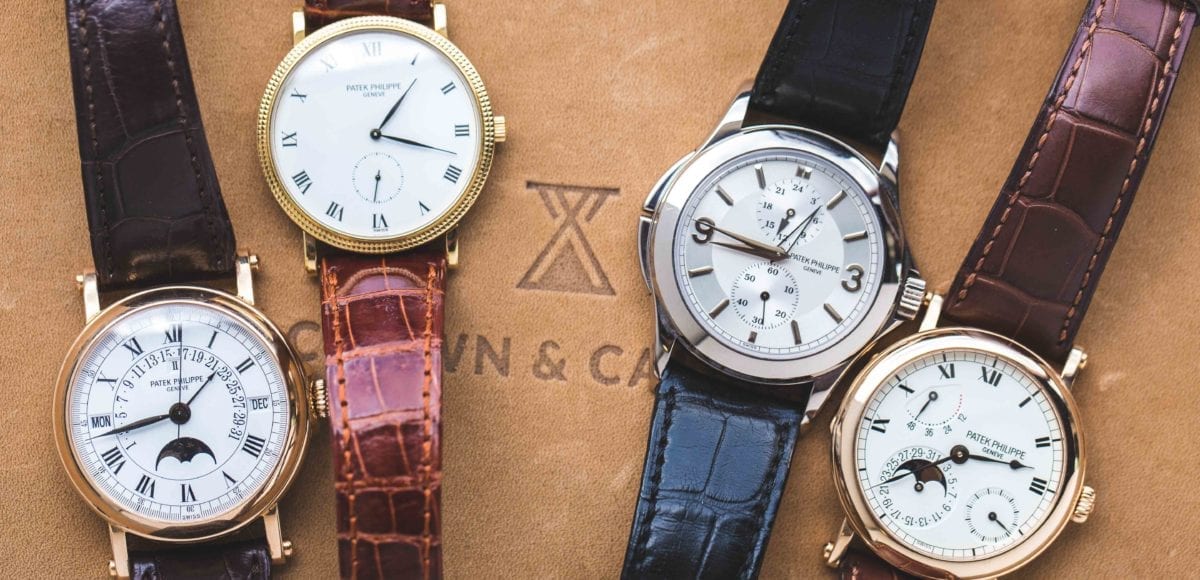

مهرداد | August 17, 2019
|
THATS BEST WATCH BERAND
BRADLEY E PRENDERGAST | February 18, 2019
|
i REcently purchased a patek wristwatch at a chicago auction. based upon the movement number (199459) it appears that this watch was made in the early 1920’s. it is in an 18K yellow gold case (rectangular shape) with a hinge back to open to remove the movement. how do i find out what model number or reference number is associated with this movement?
thanks,
brad prendergast
Rachel Butler | February 28, 2019
|
Hi Brad,
Do you have pictures of the watch?